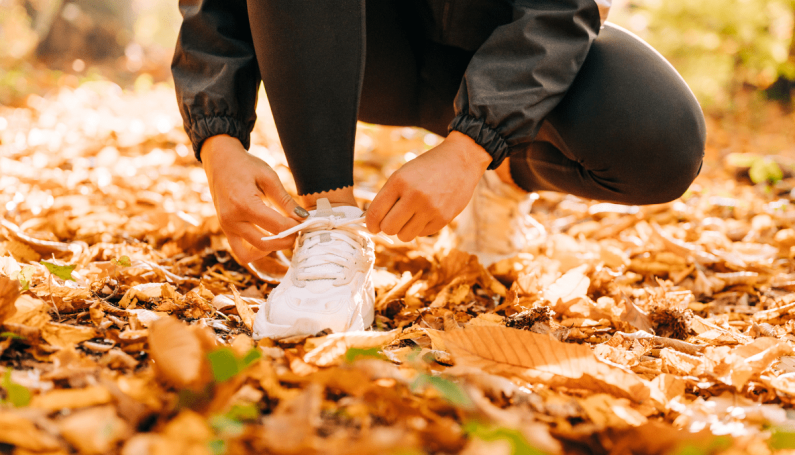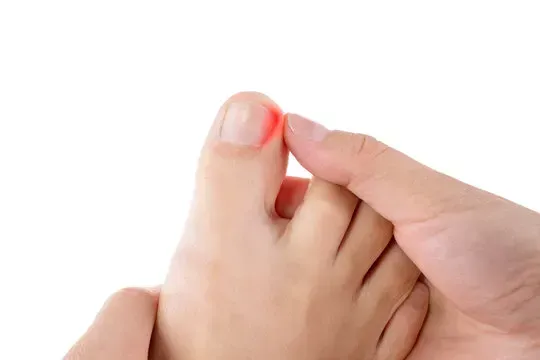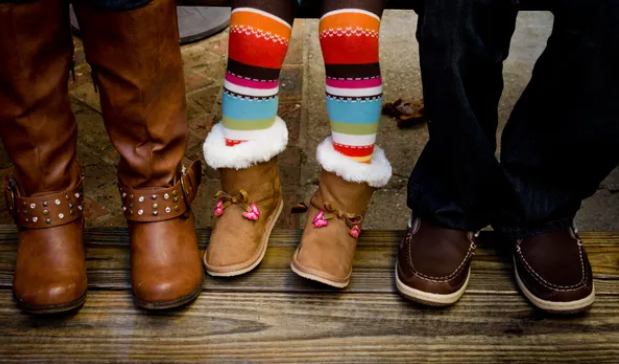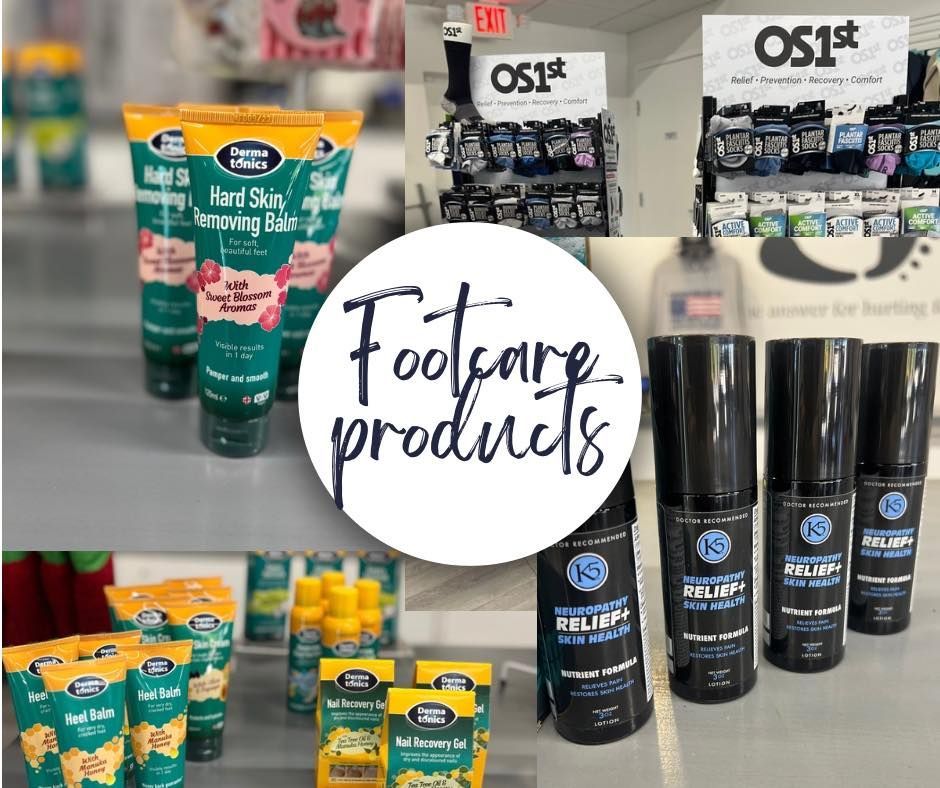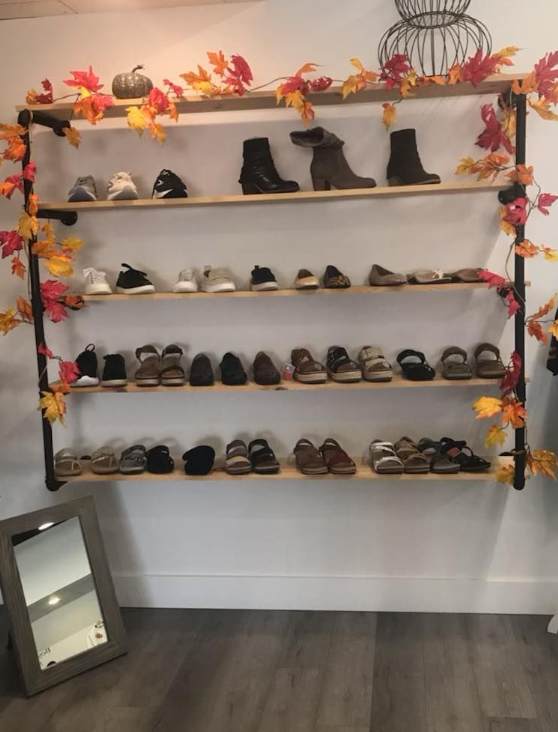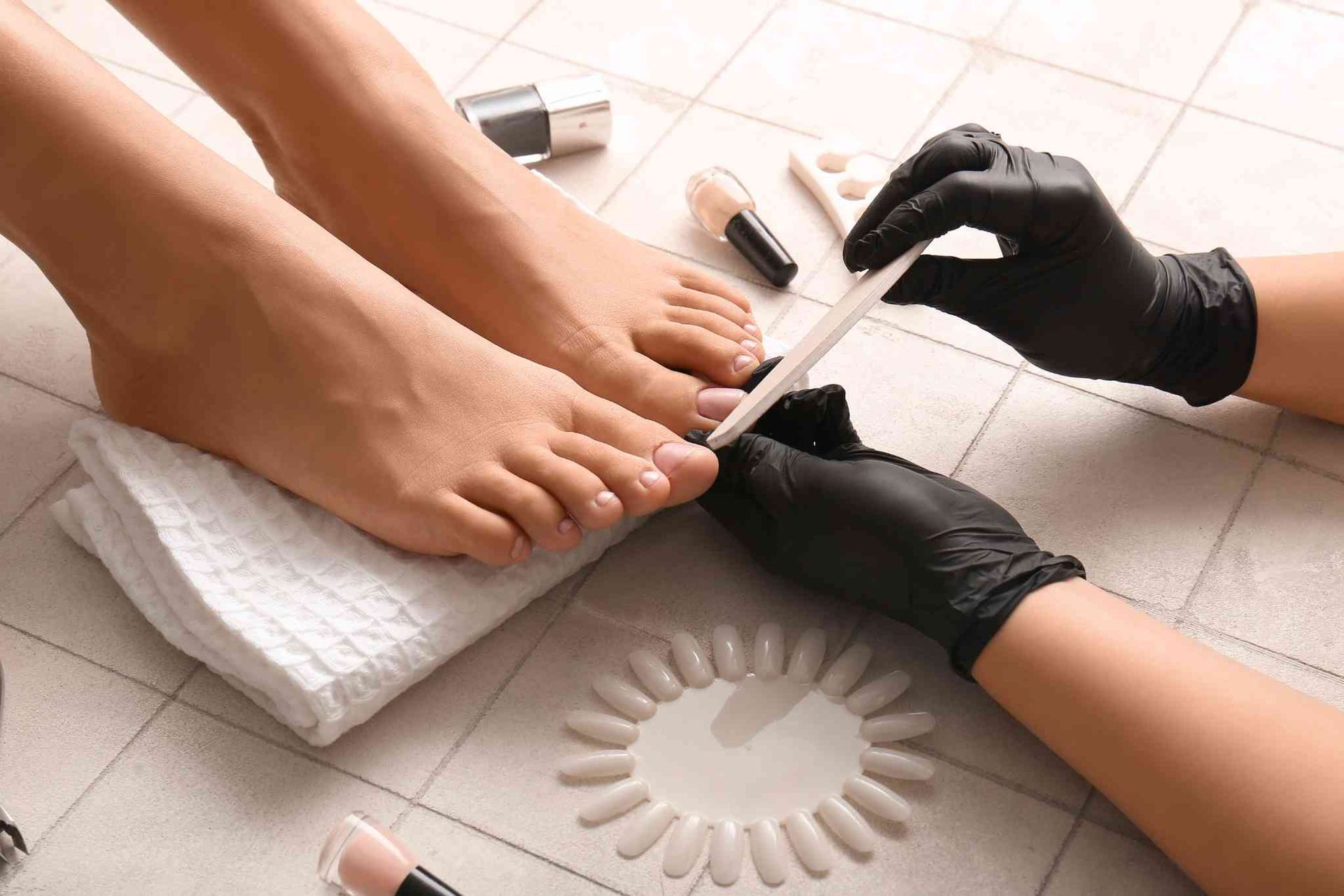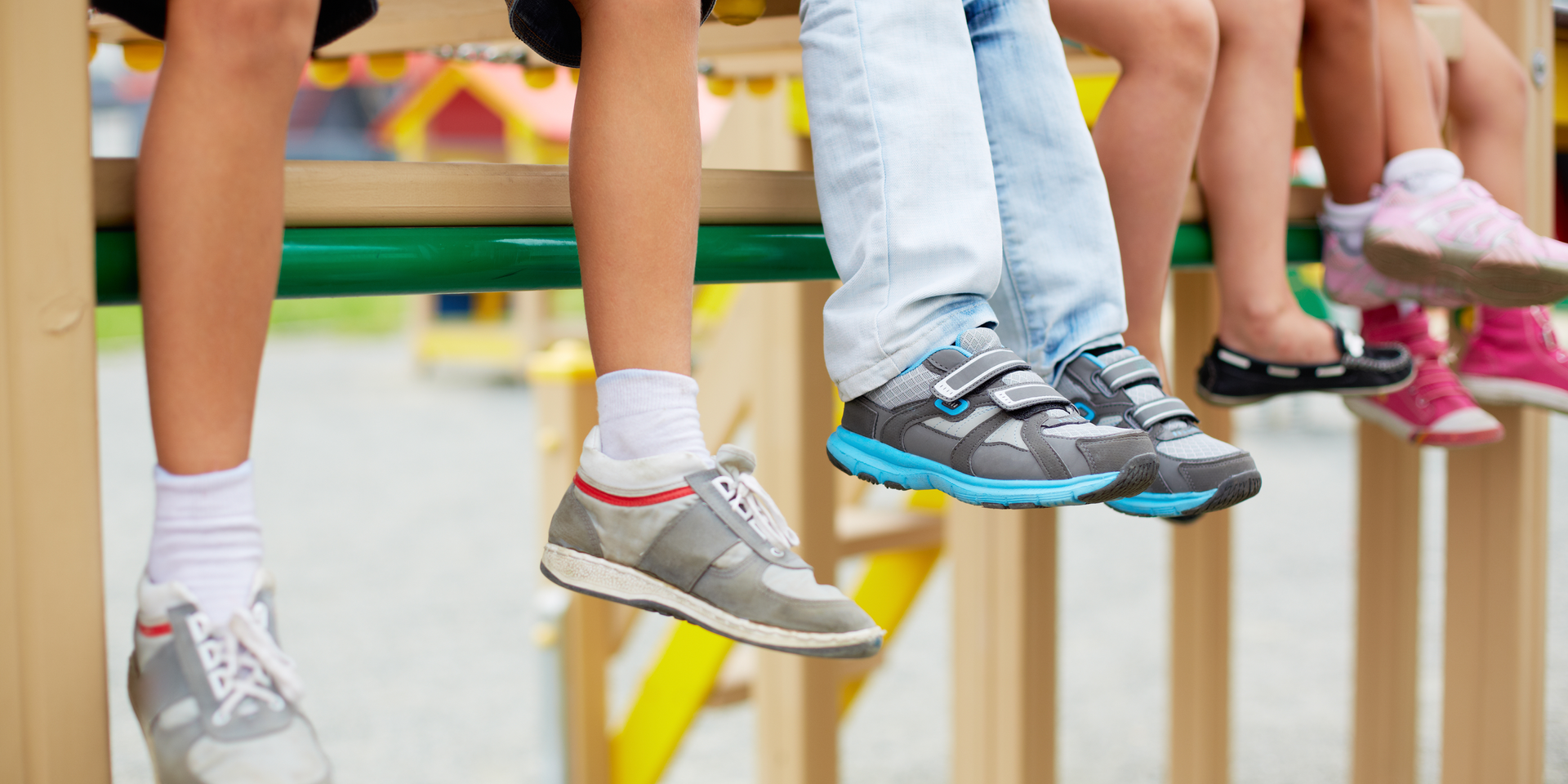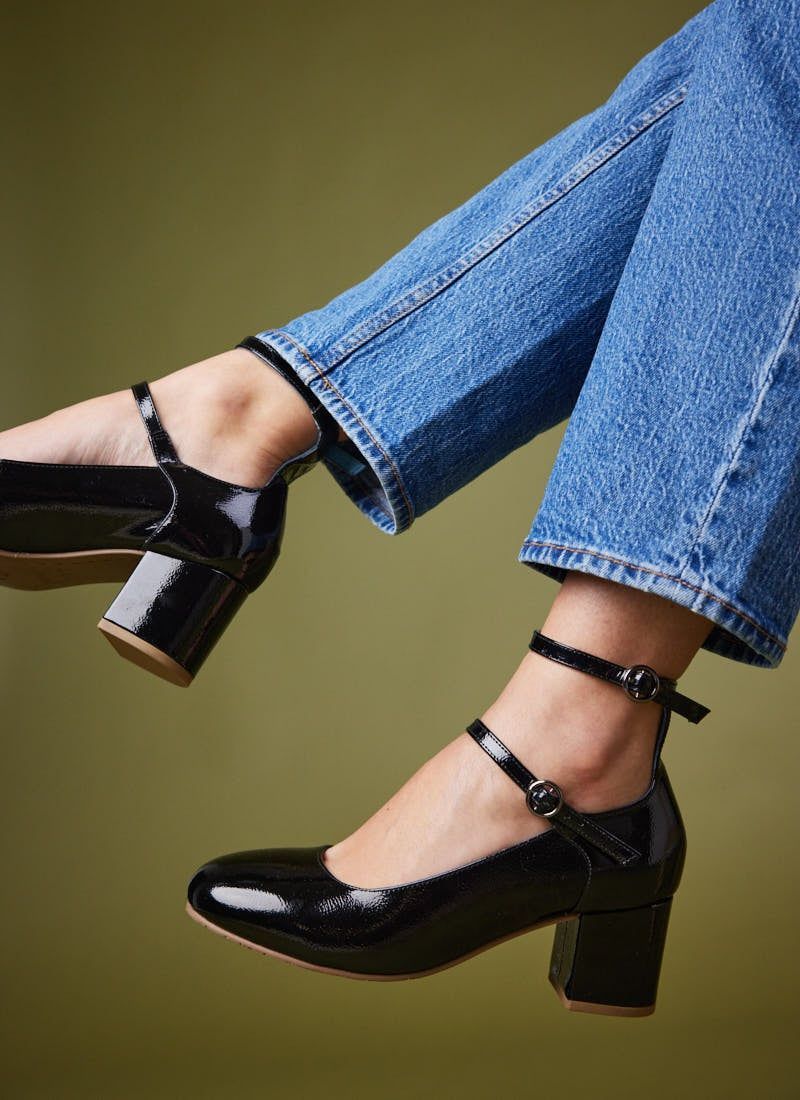Post Title
From Toddler to Big Kid Shoes
Footwear is an essential component of a wardrobe, even for young toddlers. Many parents are often unsure when to begin the transition from soft-bottom shoes, which promote natural foot development due to their flexibility, to the more rigid hard-bottom shoes that offer increased protection but limit mobility. It’s recommended that you wait until the child is walking independently, which is usually around 12-18 months of age. However, some little ones may begin walking skillfully by the age of 9-10 months.
The key is to keep an eye on your child's walking development and notice when they start walking confidently on their own. Once your child is eager for outdoor exploration, hard-bottom shoes offer optimal support and protection for their active little feet. Their sturdy soles shield feet from hazards on the playground and provide protection from temperature variations on hot or cold surfaces. Additionally, the durable sole structure ensures your toddler's safety while playing.
It has been traditionally believed that shoes featuring hard soles offer structural support that can help prevent certain foot conditions like flat feet and pronation. Furthermore, modern hard-soled shoes designed for new walkers often incorporate a broader and higher toe box, providing ample space for toe movement. In contrast, many soft-soled baby shoes lack elevation at the front and have a narrow toe box, constraining toe movement and necessitating larger sizes. This limitation could potentially lead to an increase in trips and falls for young children.
Hard-soled shoes provide various advantages for infants, including enhanced stability, increased support, and improved protection. These attributes make them a favorable option for babies transitioning to standing and walking. Furthermore, hard-soled shoes offer protection against rough surfaces, sharp objects, and inclement weather conditions.
Some physical signs that show your baby is prepared for hard-soled shoes may include:
- Standing and walking without support
- Showing a more steady and confident walking style
- Often walking on tiptoes
- Displaying curiosity about shoes and attempting to put them on independently
Recognizing these cues indicates that it might be time to switch to hard-soled shoes.
At Boger's Shoes, we know the importance of hard-bottom shoes for children and that's why we're excited to introduce the Todd as our Shoe of the Month! Not only do they provide extra support and durability, but they also help your child improve their posture and balance for their developing feet.
Stop by our store and let us help your child take their first steps in style with the Todd.

